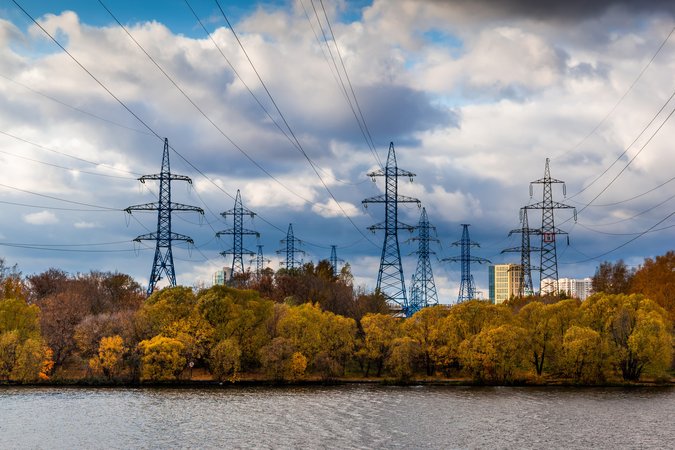Allowance Allocation in a CO2 Emissions Cap-and-Trade Program for the Electricity Sector in California
The regulation of greenhouse gas emissions from the electricity sector within a cap-and-trade system poses significant policy questions about how to allocate tradable emission allowances. Allocation conveys tremendous value and can have efficiency consequences. This research uses simulation modeling for the electricity sector to examine different approaches to allocation under a cap-and-trade program in California. The decision affects prices and other aspects of the electricity sector, as well as implications for the overall cost of climate policy. An important issue is the opportunity for emission reductions in California to be offset by emission increases in neighboring regions that supply electricity to the state. The amount of emission leakage (i.e. an increase in CO2 emissions outside of California as a result of the program) varies with the regulatory design of the program.
California’s Global Warming Solutions Act (AB32) requires the state to reduce aggregate greenhouse gas (GHG) emissions to 1990 levels by 2020. The details of a statewide cap-and-trade program and exactly how it will relate to other measures and policies implemented as part of AB32 will be determined in the next couple of years. California’s decision about the architecture of AB32 could play an important role in helping to shape climate policy in other states and regions, and at the federal level.
In a new discussion paper, “Allowance Allocation in a CO2 Emissions Cap-and-Trade Program for the Electricity Sector in California,” Karen Palmer, Dallas Burtraw, and Anthony Paul address the options for regulating California’s electricity sector within the context of a statewide, and possibly regional, cap-and-trade program that covers other sectors as well. An important issue is emissions leakage (that is, an increase in emissions from sources outside of California that offset some of the reductions from sources in the state). One approach to account for emissions associated with generation out of state is called the “first deliverer approach,” which imposes an obligation to comply within the cap-and-trade program upon the financial entity that brings power into the California electricity grid.
Their analysis suggests that the most cost-effective approach to implementing a cap-and-trade program in the electricity sector would be to use a first deliverer for the point of compliance and to use an auction for the allocation of emissions allowances. The effectiveness of the program will be greatly enhanced if it involves states throughout the western region.
The most important findings of this study are listed below:
- An allowance auction coupled with regulations that cover emissions from out of state that are imposed of the first deliverer of power into the state could cap emissions of CO2 from electricity consumption in California at 30 percent below business-as-usual levels in 2020 with roughly an 11 percent increase in electricity price in California.
- About half of that price increase would be mitigated if allowances are allocated to local distribution companies in California on the basis of population (load-based allocation). The lower electricity price effect with load-based allocation comes at a cost. With a smaller increase in electricity price, electricity consumers would have a weaker incentive to conserve electricity, which means that there will be more demand for the fixed quantity of emissions allowances, thus driving up their price by more than 100 percent.
- The higher allowance price effect that results compared to an auction has implications for other parts of the California economy. The relatively lower electricity price and associated higher electricity demand imply that fewer emission reductions would be achieved within the electricity sector than would occur with an allowance auction and more would be required from other sectors of the California economy.
- With an allowance auction, roughly one-quarter of the emissions reductions targeted for 2020 in a CO2 cap-and-trade policy in the California electricity market would be lost through emissions leakage. Under a load-based approach to allocation, the percentage of emissions reductions lost through leakage would rise to 45 percent. If the state were to ignore emissions associated with imported power (an approach that would not comply with AB32), emissions leakage would approach 100 percent.
- Imposing a western regional CO2 emissions cap on the electricity sector that delivers similarly ambitious percentage reductions in emissions throughout the region as modeled in the California-only policy would address the emissions leakage problem. Allocating allowances to local distribution companies in the broader western region will reduce the size of the increase in electricity price, but will increase the allowance price by nearly 30 percent compared to an auction.






